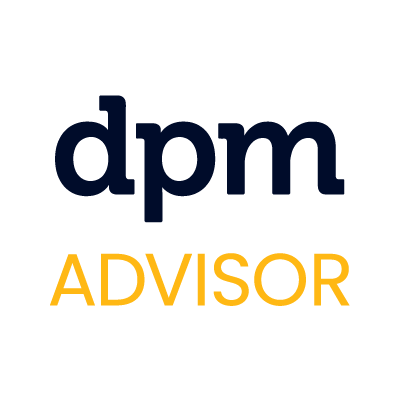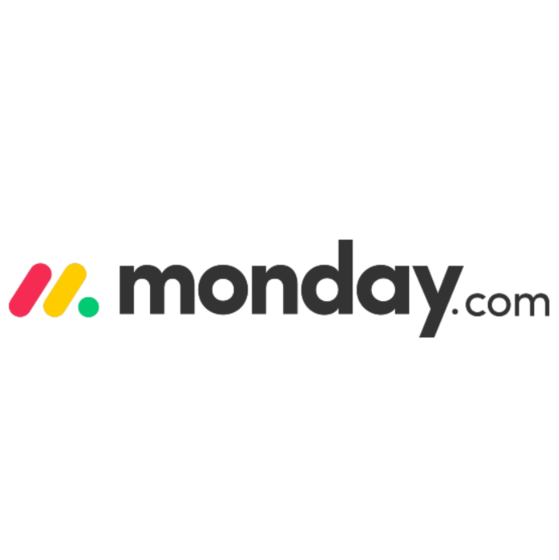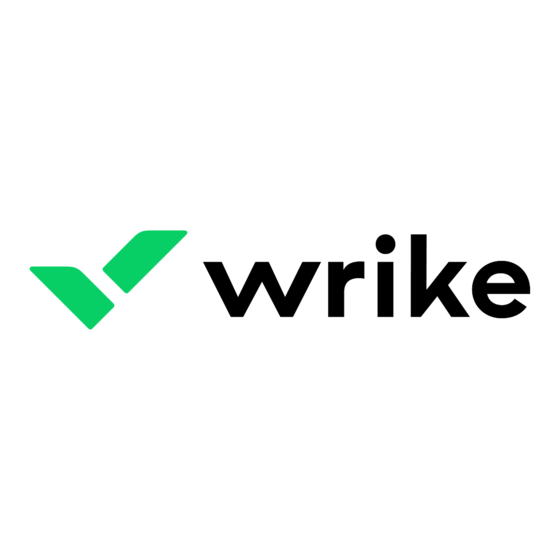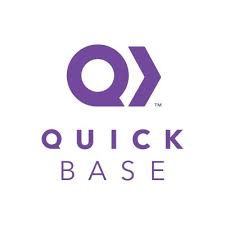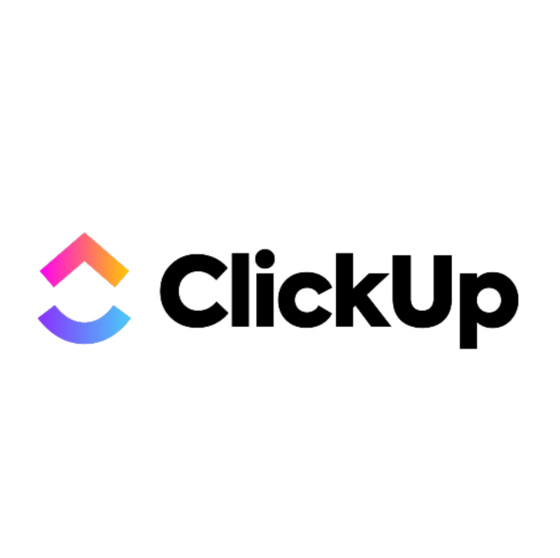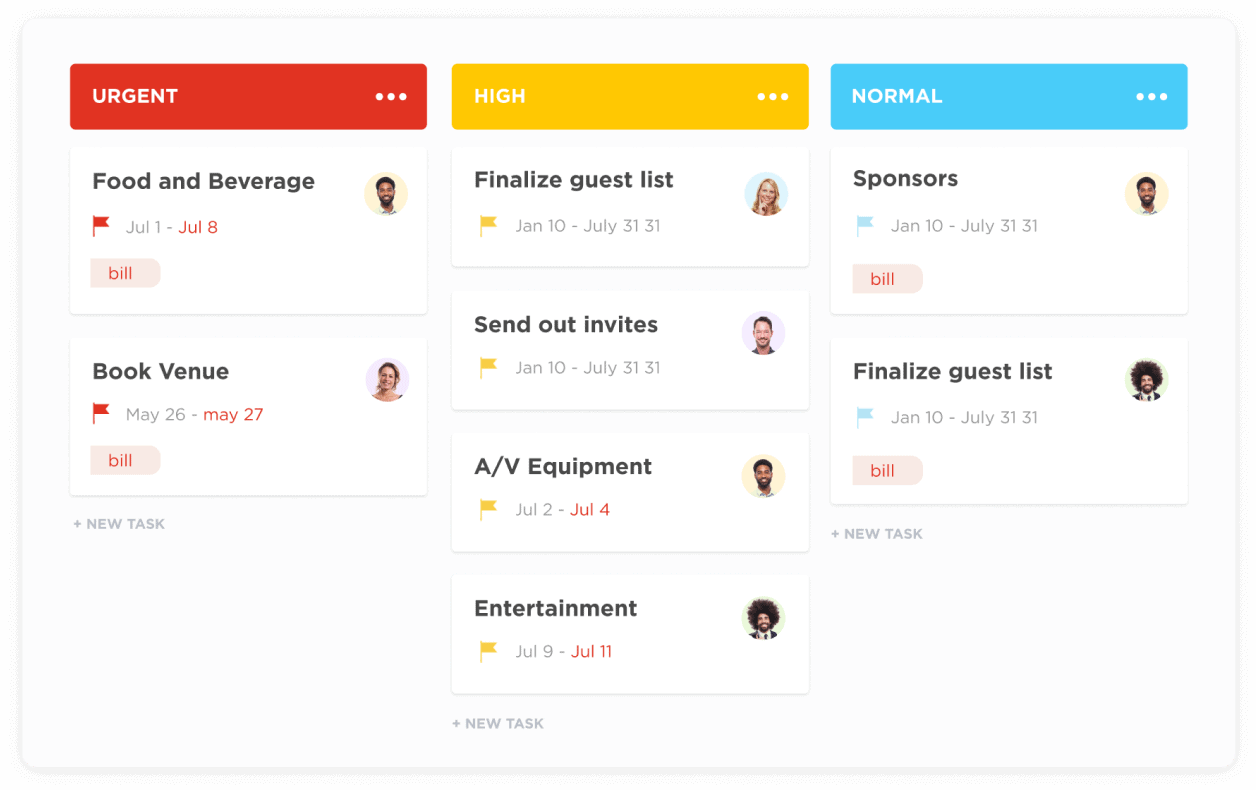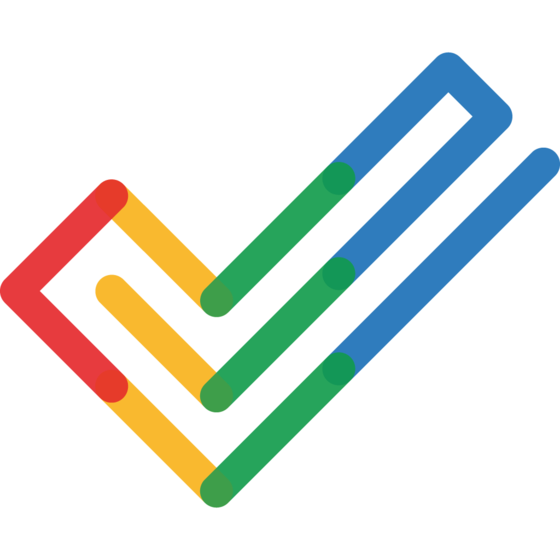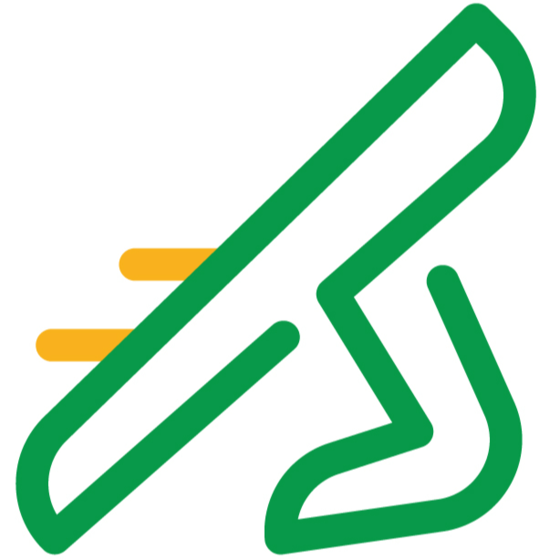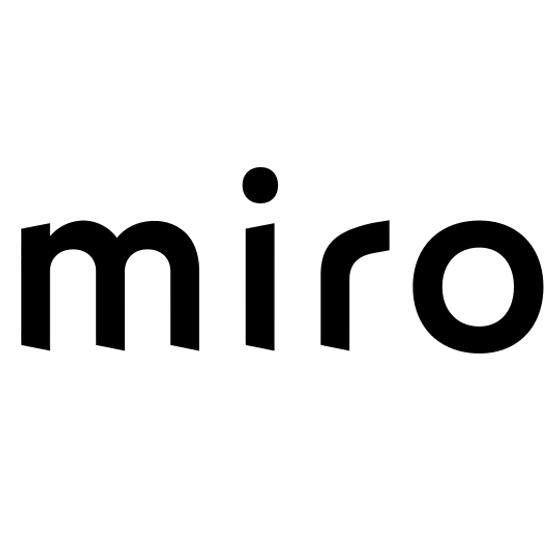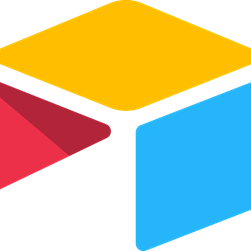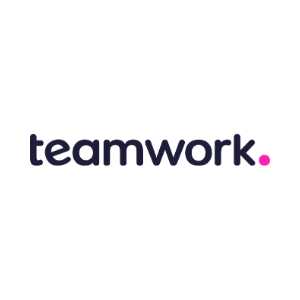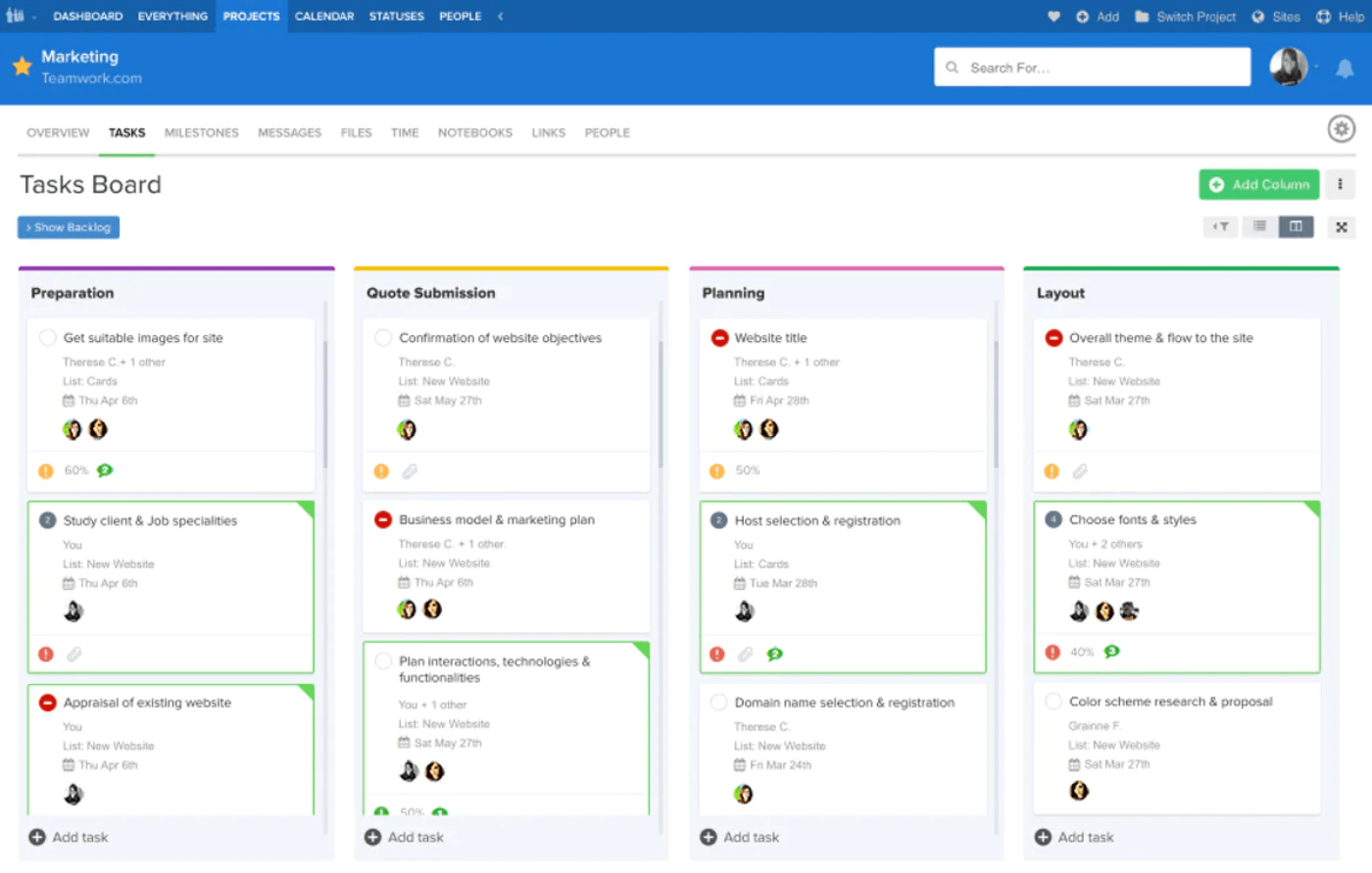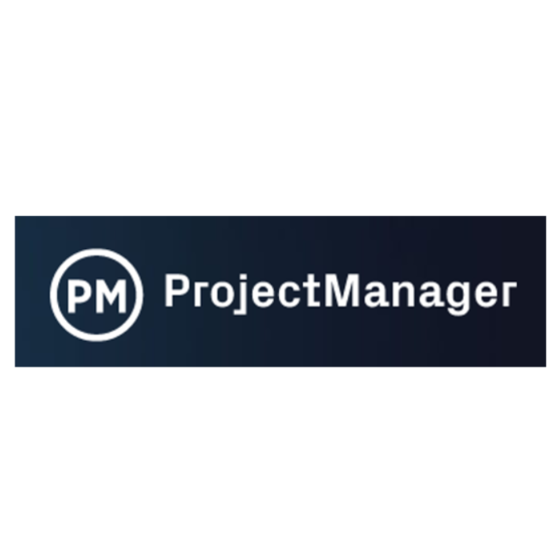10 Best Kanban Software Shortlist
Here's my pick of the 10 best software from the 20 tools reviewed.
Get free help from our project management software advisors to find your match.
With so many different project management solutions available, figuring out which ones support agile and offer the best Kanban board functionality is tough. You know you want to limit work in progress to enhance efficiency, display information in cards, and quickly adapt to changes or prioritize tasks based on real-time needs but need to figure out which tool is best. I've got you! In this post I'll help make your choice easy, sharing my personal experiences using dozens of different agile tools with large teams and projects, with my picks of the best Kanban software.
What is Kanban software?
Kanban software is a project management tool based on the Kanban methodology where users can move cards across a board to signify progress and visualize the flow of work. Kanban software often includes features such as task assignment, priority setting, real-time collaboration, in-card comments, and analytics to enhance visibility and control over the project's progress.
This visual representation promotes transparency, making it easier for you to identify bottlenecks, track progress, and optimize workflow efficiency.
Overviews Of The 10 Best Kanban Software
Here’s a brief description of each of the Kanban project management software on my list, showing what it does best and including screenshots to showcase some of the features.
monday.com is a scalable, flexible, and secure web-based project management tool that sports some of the most user-friendly and engaging interface graphics around. The bright colors, gamification of task completion, and easy drag-and-drop mechanisms can encourage software adoption by even the least techy team members. PMs can easily establish Agile sprints using Kanban-style cards for every step in the task completion process.
monday is easy to use and boasts a modern, colorful interface. You can access kanban templates to get projects started quickly and then customize each item from there. On their higher level plans, they also offer things like task-based time tracking, workflow automations, and project progress tracking reports and dashboards.
monday.com’s integrations include project management apps like Slack, Google Drive, Gmail, Google Calendar, Jira, GitHub, Trello, Dropbox, Typeform and many more, accessible through a paid plan with Zapier.
monday.com costs from $6/user/month and comes with a free 14-day trial. They offer a free plan for up to 2 users.
QuickBase is a cloud-based application development platform that enables businesses to create custom solutions for their unique operational challenges. Known for its versatility and ease of use, QuickBase allows users with little to no coding experience to develop custom applications that streamline processes, manage data, and improve collaboration.
As a Kanban software, QuickBase excels in offering a highly customizable and flexible platform for workflow and project management. Its strength lies in enabling users to create tailored Kanban boards that align perfectly with their specific project needs and processes. QuickBase allows for easy visualization of tasks and workflows, facilitating efficient tracking of progress and bottlenecks in real-time. The platform supports a dynamic approach to project management, where tasks can be quickly and intuitively moved across different stages of the workflow, promoting agility and responsiveness.
Integrations include Salesforce, Microsoft Teams, Google Calendar, Tableau, QuickBase Pipelines, Slack and Zapier.
Pricing for QuickBase starts from $35/user/month (billed annually). A 30-day free trial is also available.
ClickUp's flexible project management app offers over 100 proprietary features to choose from, letting power users highlight what they want and hide what they do not use. Choose simple task lists or more advanced workflows (called 'Statuses') to track updates and progress remotely. Their Kanban boards benefit from this vast feature set, allowing users to customize their boards and workflows according to the unique needs of each project, task, and subtask.
ClickUp has a unique approach to a 'free plan' whereby they allow unlimited users and tasks. Where they hold back, then, is that you only get 100 uses of certain features like custom fields and mind maps. Still, this could work really well for larger teams looking for a free Kanban solution but who don't intend to be on the platform indefinitely.
ClickUp offers native integrations with Slack, G Suite, Dropbox, and many more tools, as well as over 1,000+ integrations through Zapier.
ClickUp is free to use for unlimited users with a 100MB storage maximum. Their paid plan starts at $5/user/month and offers a free trial.
Zoho Projects is a web-based project management software that offers various features for project planning, execution, monitoring, and collaboration, making it a well-rounded tool for managing projects effectively. Kanban is a project management methodology that emphasizes visualizing work, limiting work-in-progress, and optimizing the workflow. Zoho Projects allow teams to track their work visually, providing a clear overview of the status of each task and the progress of the project as a whole.
Zoho Projects’ Kanban boards are fully customizable, enabling teams to create them based on their workflow and preferences. Teams can create multiple boards for different projects or stages of the same project. Each panel consists of columns representing different stages of the workflow, such as 'To Do,' 'In Progress,' and 'Done.' Teams can also create custom columns to represent specific stages of their workflow.
Using Zoho Projects you can add tasks, assign them to team members, set due dates, and add descriptions and attachments. Each task on the board is represented by a card containing all the relevant job information. Teams can also add labels to tasks to classify them based on their priority, status, or any other category pertinent to their workflow.
You can move tasks between columns by simply dragging and dropping them. This feature enables users to update the status of jobs and track their progress quickly. You can use the filter and search functionality to find specific tasks, making it easy to focus on what matters most.
Zoho Projects provides several features to help teams collaborate effectively. Teams can add comments to tasks, mention other team members, and discuss specific tasks. They can also use the @mention feature to tag team members and notify them of updates or changes to the task.
Zoho Projects integrates with other Zoho apps, commonly used apps by Google (Google Calendar, Drive, Spreadsheets, etc.), and Microsoft (Calendar, Excel, Office 365, OneDrive, Teams, and SharePoint), and other third-party apps such as Basecamp, Jira, Slack, Zendesk, and Zapier.
Zoho Projects costs from $5/user/month for tracking unlimited projects. A freemium plan with limited features, as well as a 10-day free trial, are also available.
Zoho Sprints is an agile project management software designed to support dynamic teams in planning, tracking, and collaborating on projects. It stands out for its comprehensive suite of features tailored for agile methodologies, particularly for frameworks like Scrum and Kanban.
Teams can manage their sprints, conduct daily stand-ups, set sprint goals, and engage in retrospective meetings using the platform. The software also supports collaboration through features like feeds, comments, and notifications, allowing team members to stay updated and communicate effectively.
As a Kanban software, Zoho Sprints offers intuitive visual Kanban boards, support for crucial features like work-in-progress (WIP) limits, and customizable workflows that cater to specific team processes. Its real-time collaboration features and comprehensive analytics enhance team productivity and decision-making, while its integration capabilities ensure seamless operation within diverse tech ecosystems.
Zoho Sprints integrates with Microsoft Teams, Google Workspace, Zendesk, Jenkins, GitHub, BitBucket, AWS Code Commit, Zapier, and more. It also integrates with a host of Zoho apps.
Miro is a collaborative online whiteboard with over 1,000 templates including mind maps, Kanban boards, Gantt charts, product wireframes, research boards, and flowcharts. Miro is widely adopted by leading companies and is recognized for fostering team communication and supporting hybrid work environments effectively.
The platform supports a wide range of creative and organizational tasks with features like an intuitive Kanban template, real-time editing, and video calling. Miro also accommodates various forms of idea expression, including images and videos, and provides tools for quick diagramming and an infinite canvas to meet the expansive needs of project management.
Miro additionally includes collaboration tools such as voting and sticky notes, allowing teams to integrate feedback efficiently. Furthermore, Miro offers seamless integrations with essential project documentation tools like Notion and Asana, facilitating smoother workflows.
Miro has integrations with a whole suite of tools, including Zoom, Figma, Asana, Microsoft Teams, Jira, Slack, Google Drive, Box, Confluence, Monday.com, Airtable, Notion, Azure, and Webex. Some integrations are limited to paid plans only.
Miro is free to use for unlimited members with up to 3 editable boards. Paid plans start at $8/user/month (billed annually).
Pros and cons
Pros:
- Free forever plan available
- Intuitive and easy setup
- Built-in communication features for streamlined collaboration
Cons:
- Visitor/guest accounts locked to paid plans only
- Zooming can be jumpy on larger projects
- Free version does not allow high-quality export to pdf
Airtable is a flexible, scalable project management tool used by the likes of forward-thinking companies like Netflix, Expedia, Buzzfeed, Time, and Medium. Their Kanban board is an intuitive, no-fluff solution that will engage the whole team regardless of tech savviness. Along with that, enterprises will appreciate unlimited workspaces federated to a single company account as well as their training and change management plans for onboarding.
Airtable is free for up to 1,200 records per base and a 2-week history log. Paid plans start at $10/user/month and they offer a free 14-day trial.
Pros and cons
Pros:
- Easily automate redundant tasks
- Rollups and Lookups organize data well
- Forms are simple to distribute and embed
- Helpful color-coded lists and project items
Cons:
- Forms can look dated
- No way to do rich text
- Charges per “workspace” rather than per user
Used by Spotify, PayPal, Disney, and Netflix, Teamwork is a Kanban project management solution that empowers you to manage multiple projects with ease. Users can break down complex projects into multiple levels of tasks and subtasks. It’s great for giving clients or stakeholders a view of your progress—you can customize each stakeholder’s access permissions for everything from adding comments on tasks all the way through to adding tasks, milestones, and even logging time.
Teamwork lets you set triggers for common, recurring actions like assigning tasks at a certain stage to one of your team members. You can use these automations to cut back on administrative duties and focus more on complex and creative work.
Teamwork integrates with Google Drive, Box, OneDrive, Dropbox, Slack, Microsoft Teams, MS Office, Harvest, Quickbooks, Xero, Hubspot, SharePoint, Microsoft Project, SoftSync, and hundreds of others using a paid plan through Zapier.
Teamwork is free to use for up to 5 users and 2 projects. Paid plans cost from $10/user/month for up to 300 projects.
ProjectManager is an award-winning Kanban software and project management system that boasts an impressive suite of project portfolio management (PPM) tools. Real-time dashboards, all-in-one roadmaps, and multiple project views are just a few of the features available to users to organize their portfolio, so this goes way beyond Kanban boards. The PPM reporting system is useful, too, giving you a birds-eye-view of data.
ProjectManager is praised by customers for its intuitive and easy to learn design; the robust nature of its project reporting suite; its list of advanced features compared to its competitors; and its ability to scale up and down to accommodate projects and teams of all sizes.
ProjectManager integrates with MS Project, Excel, Office 365, Salesforce CRM, QuickBooks, Xero, Dropbox, Desk.com, JIRA, Hubspot, Slack, Zendesk, Evernote, OneLogin, OneDrive, and the complete Google Suite. They also have a powerful REST API to help you build against internal or external tools.
ProjectManager costs from $15/user/month and offers a free 30-day trial.
Hubstaff Tasks is a project management tool with multiple task tracking and collaboration features. Its interface is based on the Kanban methodology; it lets you organize tasks in different project stages, which are represented by columns. Each task can be categorized using color-coded labels. One of its notable features is custom workflows. These let you automate assigning tasks to team members at different project stages and moving them forward with one click.
You can create checklists within each task and track them from the project view using progress bars. Files can also be attached to task cards, but the free plan only allows up to 100 MB of storage per user. Switching to the sprints view displays all your assigned tasks, organized by sprint. You can move tasks to current or future sprints or to the backlog with a drag-and-drop mechanism similar to Kanban.
Hubstaff Tasks integrates with Active Collab, Asana, Breeze, ClickUp, GitHub, GitLab, Insightly, JIRA, LiquidPlanner, Mavenlink, Paymo, PivotalTracker, Podio, Redbooth, Redmine, Teamwork Projects, Trello, Unfuddle, Wrike, Zoho Projects, Slack, Zendesk, Salesforce, QuickBooks, and other apps. You can boost your integration options with a paid plan through Zapier, unlocking hundreds of other possible connections.
Hubstaff Tasks is free for up to 5 users and 10 projects. The premium plan starts at $7/user/month, and includes a 14-day free trial.
Pros and cons
Pros:
- Generous freemium plan
- Fast to launch & start using
- Excellent project management templates
- Easy to onboard new clients
Cons:
- No WIP limits
- Limited 3rd-party integrations
- No mobile app
The Best Kanban Software Comparison Chart
Here is a chart where you can quickly compare the tools we just covered in the overviews.
| Tools | Price | |
|---|---|---|
| monday.com | From $8/user/month (billed annually, min 3 seats) | Website |
| QuickBase | From $600/month (billed annually), which equates to $25/user/month with a minimum requirement of 20 users. This is for the Team plan, which includes core features suitable for smaller teams. For larger organizations or those needing advanced features, QuickBase offers higher-tier plans, and pricing for these can be obtained upon request. | Website |
| ClickUp | From $7/user/month | Website |
| Zoho Projects | From $5/user/month (billed annually). | Website |
| Zoho Sprints | From $3 /user/month for up to 100 users | Website |
| Miro | From $10/user/month | Website |
| Airtable | From $10/user/month (billed annually). | Website |
| Teamwork.com | From $10/user/month (billed annually) | Website |
| ProjectManager.com | From $13/user/month (min 5 seats) (billed annually) | Website |
| Hubstaff | From $7/user/month | Website |
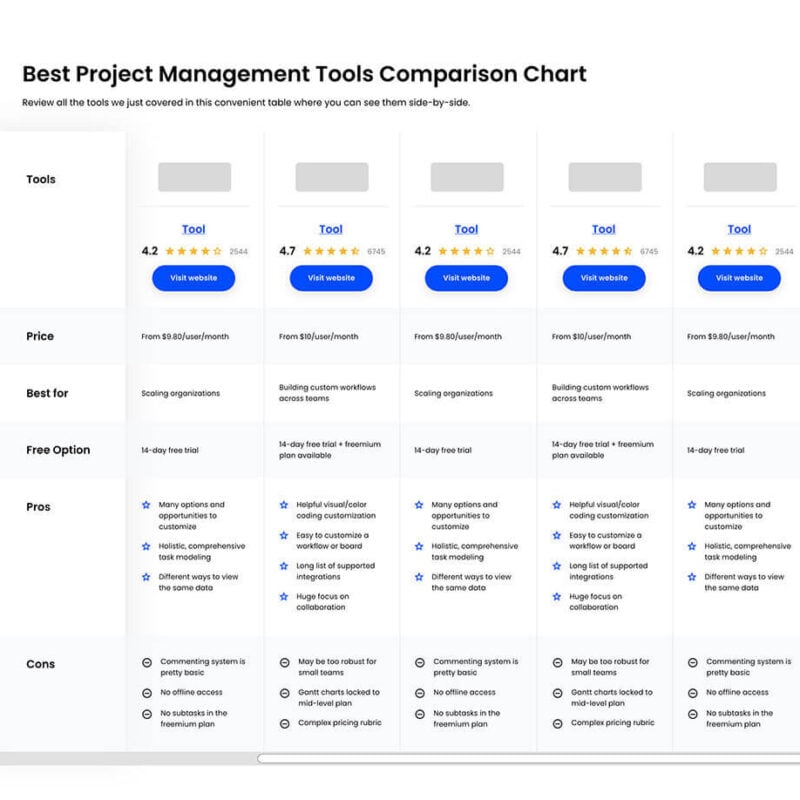
Compare Software Specs Side by Side
Use our comparison chart to review and evaluate software specs side-by-side.
Compare SoftwareOther Kanban Options
Here are a few more that I didn’t include in the top list, but these are still great tools to check out:
- Kanban Zone
Best cross-portfolio Kanban board
- Businessmap
Best Kanban software for software development teams
- SwiftKanban
Best enterprise kanban software
- Clubhouse
Best free Kanban software
- Height
Best Kanban for cross-functional resource allocation
- MeisterTask
Best for brainstorming, ideation, and task management in one
- Smartsheet
Best Kanban + Gantt chart hybrid tool
- Wrike
Best project template selection
- Celoxis
Best for inter-connected project tasks
- Kantata
Best Kanban software for team collaboration
How I Picked The Best Kanban Software
Here’s a summary of my evaluation criteria. These are things I look for when I evaluate any Kanban solution, and they’re also things to consider when you’re trying to find the right one for your kanban team:
User Interface (UI)
Are the Kanban cards easy to read, manipulate, edit, search, and archive? Is the project roadmap obvious at a glance with real-time details, due date, and drill-down capabilities where needed?
Usability
Does the project management tool offer training, support, and wikis specific to lean work management and Kanban task cards specifically? Can you easily employ work-in-progress limits to keep users focused on what matters most?
Integrations
Kanban apps tend to work in conjunction with other workforce software, as they may not support every element of a team’s day-to-day. Is the tool easy to connect with other tools using an API? Does it work with common PM apps like Jira software, Slack, Asana, GitHub, G Suite, and LeanKit?
Pricing
Does the Kanban tool pricing cover the features you would expect like a detailed board view with powerful filters and sorting? Does the tool cover the Kanban method as well as going above and beyond in additional features needed by agile teams? Is the pricing structure flexible, transparent, and scalable?
Kanban Software - Frequently Asked Questions
New to the Kanban methodology? Just need to know more about your new tools? Whatever you need, here are some answers to frequently asked questions (FAQs) about Kanban software.
What key features should be in Kanban software?
What is the Kanban methodology?
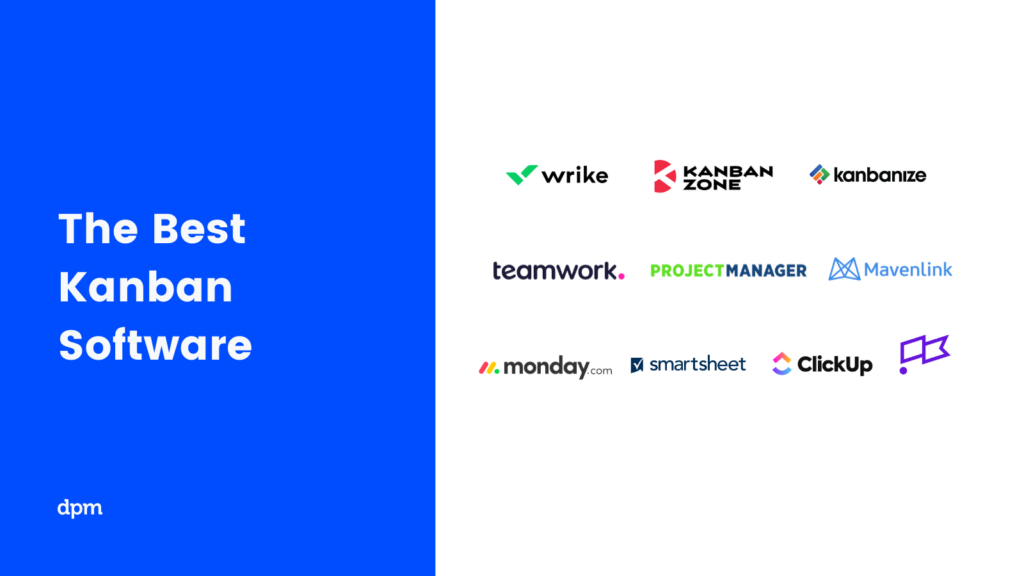
Which Kanban Software Do You Use?
Now that you’ve read about some of the best kanban board software, find more about agile project management and 8 other popular project management methodologies. I also think you will benefit from our ultimate guide to burndown charts and learning the difference between Kanban and Scrum.
Related tool lists:
For updates on our latest articles and podcasts from project management experts, sign up for the DPM newsletter.

